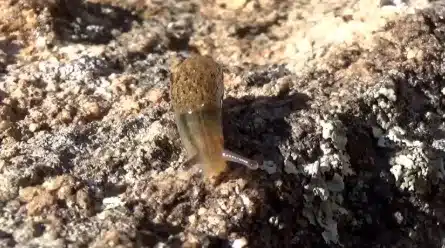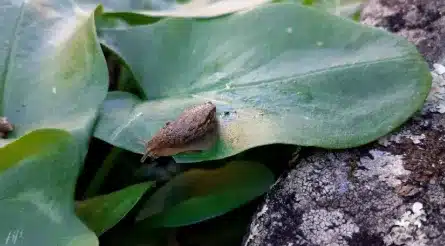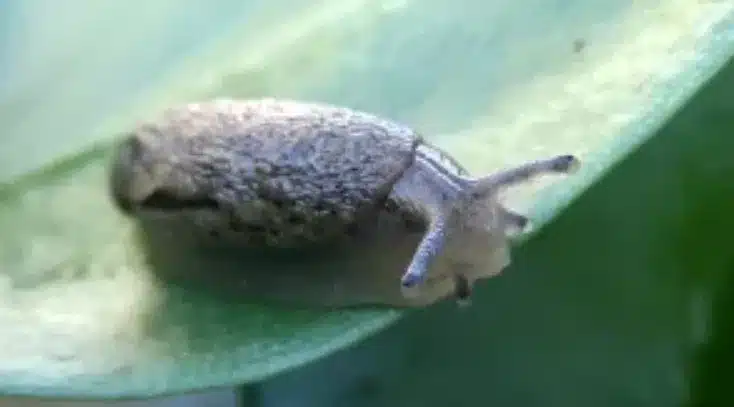Most people cringe when they spot a slug in their home or garden. That slimy trail and slow crawl might seem like nothing more than a nuisance, but slugs actually play a much bigger role in nature—and even in science and skincare.
These quiet creatures are nature’s recyclers. They break down dead leaves, rotting plants, and fungi, turning them into nutrients that enrich the soil. If slugs are hanging around your garden or sneaking inside, it could mean your space has plenty of moisture and organic matter—a sign of a healthy ecosystem.

Slugs also help keep the food chain moving. Birds, frogs, hedgehogs, and even beetles rely on them as a protein-rich meal. Without slugs, many animals would struggle to survive. So while they might not look impressive, they’re essential to keeping nature in balance.

Believe it or not, slug slime is making waves in beauty and medicine. Researchers have found that it has antibacterial and healing properties, making it useful for wound care and skincare products. Packed with hyaluronic acid and antioxidants, slug mucus is now a trendy ingredient in moisturizers and anti-aging serums.
Slugs are even helping scientists study the brain. Their simple nervous systems make them ideal for research on memory and learning. What we learn from slugs could lead to breakthroughs in treating brain-related conditions.

If a slug finds its way into your home, it might be a sign of excess moisture or a reminder to slow down and appreciate nature’s small wonders. Instead of seeing them as pests, consider their role in the bigger picture. Slugs may be slow and slimy, but they’re far more important than we realize.


